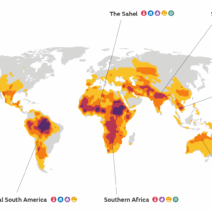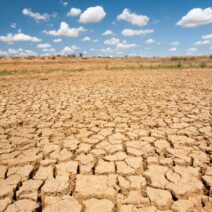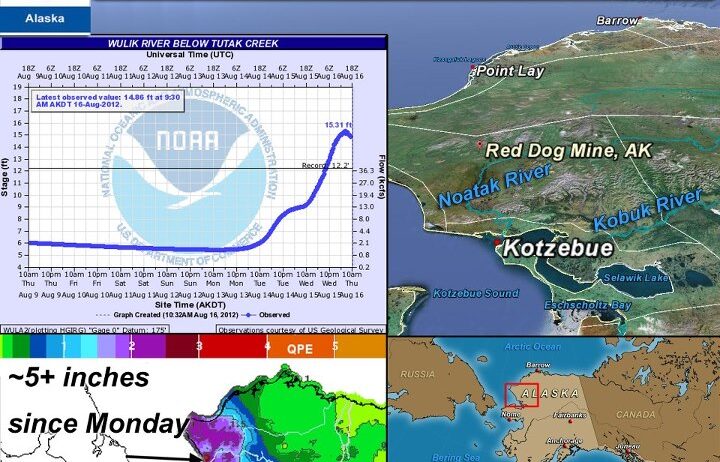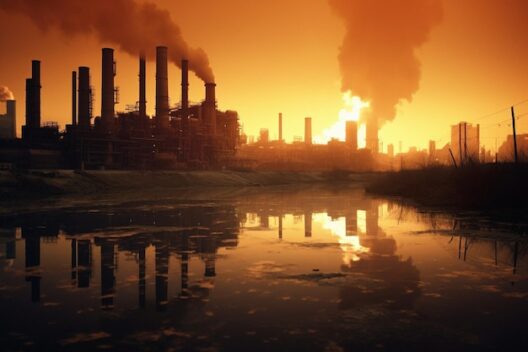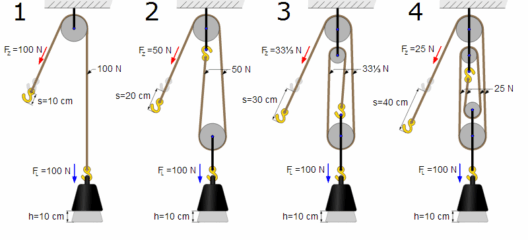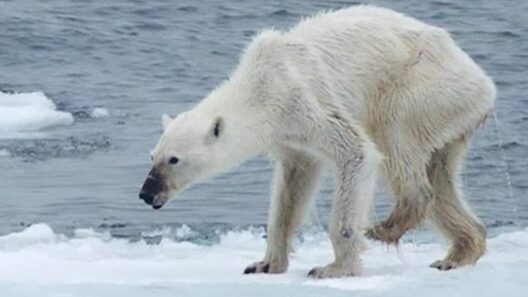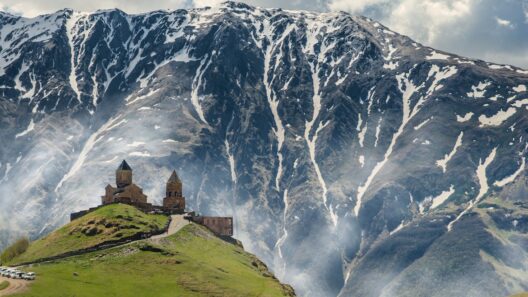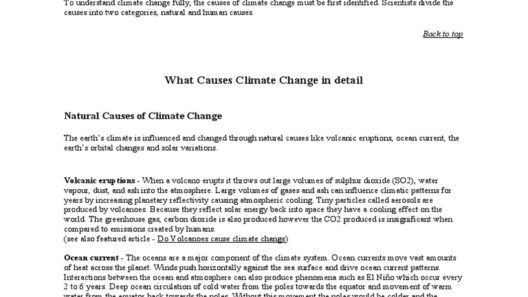The climate in the United States is a remarkable tapestry woven from diverse geographical regions, showcasing a myriad of weather patterns and climatic zones. From the icy expanses of Arctic Alaska to the sultry breezes of tropical Florida, the climate across the nation offers a striking juxtaposition. How can one country encapsulate such extreme variations in climate? This inquiry sets the stage for an examination of the unique climates that define the U.S., along with the significant implications these variations have on the environment and human activity.
Starting with Arctic Alaska, the climate in this remote northern territory is characterized by its subarctic conditions. Temperatures in winter can plummet to staggering lows, sometimes dipping below -30 degrees Fahrenheit. With such frigid conditions, one might wonder, how do ecosystems thrive in such inhospitable environments? Surprisingly, the wildlife here, including polar bears, caribou, and migratory birds, have adapted superbly to these harsh climates. However, climate change poses a formidable challenge, as melting ice and rising temperatures disrupt their habitats, prompting urgent discussions on conservation efforts and sustainable practices.
Transitioning southward, we encounter the Pacific Northwest, a region renowned for its temperate maritime climate, epitomized by damp winters and mild summers. Here, rainfall is abundant, nourishing the lush forests that define the landscape. The interplay between ocean currents and wind patterns creates a unique climate, which is vital for biodiversity. But, as the seasons change, a curious question emerges: how can we balance economic development with environmental stewardship in such a precious ecological haven? The emerging threat of deforestation and urban sprawl necessitates innovative approaches to land-use planning and conservation.
Yet, not all regions share the damp bounty of the Northwest. As we move eastward to the Great Plains, we discover a starkly different picture. Characterized by a continental climate, the Great Plains experience hot summers and cold winters, punctuated by fierce storms and tornadoes. Here, farmers depend on the life-sustaining rains that fall in spring. However, with climate variability, the unpredictability of weather patterns raises the pressing question: are we prepared to face the increasing frequency of droughts and floods that threaten the agricultural sector and food security? This challenge demands resilient agricultural practices and robust water management strategies that can adapt to an ever-changing climate.
Moving further south, we reach the arid landscapes of the Southwest, where desert climates reign supreme. In states like Arizona and New Mexico, residents face scorching summer temperatures that can soar above 100 degrees Fahrenheit. This extreme heat forces both humans and wildlife to adapt to survive. Moreover, the region grapples with water scarcity issues exacerbated by climate change. A playful thought arises: what innovative solutions could emerge from this challenge? From advanced water conservation technologies to policies encouraging sustainable land use, the Southwest is a proving ground for creativity in adapting to a desertified future.
The transitional zone of the southeastern U.S. reveals yet another dynamic climate. This region experiences a humid subtropical climate, marked by hot, humid summers and mild winters. The lush vegetation thrives under these conditions, but with the increasing incidence of hurricanes fueled by warming ocean waters, coastal communities face significant threats. How can residents safeguard their homes against nature’s fury? Effective disaster preparedness and the implementation of stringent building codes are vital in mitigating risks while ensuring the resilience of vulnerable populations.
Then there is Florida, known for its tropical climate, which brings a unique set of challenges. The state’s famous beaches attract millions of tourists, yet the reality of rising sea levels and more intense hurricanes poses drastic risks to both the economy and the natural environment. In the heart of this tropical paradise, the question arises: what measures can we collectively adopt to protect these precious ecosystems and the livelihoods that depend on them? Solutions lie in enhancing coastal resilience, restoring natural barriers like mangroves, and promoting sustainable tourism practices that respect the delicate balance of this biodiverse region.
Across the continental divide, a continuous thread of climate-related issues emerges, inviting discussion on how disparate climate systems interlink. Climate change does not recognize borders; its effects ripple through various sectors, impacting agriculture, public health, and water availability. The diverse climates of the U.S. create unique challenges, but also opportunities for collaboration among states, regions, and communities to formulate cohesive strategies for adaptation and mitigation.
In conclusion, the climate in the United States is not merely a backdrop; it is a vibrant force that shapes both the environment and human experience. As we contemplate the profound diversity of climates within the nation, we are compelled to rise to the challenges they present. Each region, from Arctic Alaska to tropical Florida, tells a compelling story in the context of climate change. It is pivotal for citizens and policymakers to engage in thoughtful discourse and act decisively to foster a sustainable future. After all, it is the collective responsibility of every American to confront the trials posed by our varying climates and ensure the protection of our natural heritage for generations to come.

